With growing pressure to conserve limited water resources, smart metering provides the utilities with the opportunity to streamline their water distribution processes through data-driven decisions. The smart water metering enables the utilities to automatically collect consumption data, eliminate manual meter reading, improve efficiency and save costs. It also provides an opportunity to detect leaks and abnormal consumption more efficiently than the manual methods.
A typical smart system relies on electronic sensors and bidirectional communication networks to remotely read, store, and transfer data for analysis and feedback. The transmitter attached to the water meter uploads the consumption data to the processing server for analysis, billing, and other processes. Usually, the automated meter reading and transmission frequency is flexible and can be daily, hourly, real-time, etc.
As more utility companies transition from the conventional manual meter reading practices, they are increasingly adopting Automated Meter Reading (AMR) and Advanced Metering Infrastructure to automate the reading and billing processes.
A smart system offers benefits, such as transparent usage and billing for the consumers, eliminating manual meter reading, improving leak detection, and lowering maintenance costs for the water company. However, utility companies need to overcome several financial and technology challenges to realize the full benefits of the digital systems.
Before we look at the challenges and how to overcome them, let us first look at how smart metering works.
Smart water metering (SWM) system relies on several technologies to automate the collection and analysis of meter data. A typical system comprises a water meter with a data logger to capture the information, a communications technology to transmit the captured data, and a server to process the information.
Usually, the smart system enables utilities or third-party companies to continuously monitor or read the water usage information in real-time or at set intervals. It also allows customers to access their consumption data from the online portals – using mobile devices and computers.
In practice, the utilities often use a variety of communication technologies to address the various transmission goals. A direct wire connection provides attractive, reliable, and high bandwidth connectivity. However, this is costly and sometimes impractical due to the high installation and maintenance costs of wiring millions of meters.
On the other hand, wireless networks are more flexible and capable of connecting more devices at lower costs and effort. Some of the popular wireless technologies for smart metering include Cellular, Wi-Fi, Bluetooth, LoRa, satellite, and more.
Communication networks differ in terms of the maximum range, transmission rate, capacity, ability to withstand inference, and other factors. For this reason, utilities may combine various wired and wireless technologies to improve coverage and quality.
Smart metering improves the operations while reducing the consumption per capita, wastage, leakages, and operational and maintenance costs. Major benefits include;
Although there are many benefits and opportunities the smart metering delivers, the adoption is very slow due to high costs, technology limitations, regulatory frameworks, and others.
Major drawbacks include;
Despite the benefits of wireless technologies, there could be a few challenges, especially with meters installed in the basements or locations with weak signals. Also, the lack of compatible devices is a challenge if existing wired or wireless infrastructure does not support the transmission technologies.
Powering the smart water metering devices is usually a challenge for locations without grid power. Utilities may rely on off-grid power sources such as solar and wind. For remote places where running cables is a challenge, utilities can install devices with long-lasting batteries. Ideally, the batteries should last several years without requiring a replacement.
While a higher data collection and transfer frequency offers more up-to-date information and greater flexibility, it has challenges such as more energy consumption, hence a shorter battery lifespan. It also increases the demand for more storage and processing capacity to handle the increased amount of data.
The transmission interval affects energy consumption and battery life. For example, at a transmission interval of 6 seconds, the battery may last for only one year. On the other hand, the battery in a system with an interval of 1-5 minutes or 15-30 minutes may last for three years or six years, respectively.
Utilities have been relying on a combination of standard and non-standard proprietary technologies to implement SWM. The incompatibility makes it a challenge to interconnect different systems or upgrade the existing networks based on proprietary technologies. There is also the risk of vendor lock-in, expensive upgrades, and lack of flexibility.
The lack of widely accepted open communications standards is another challenge. Today, there are plenty of meters that use NB-IoT, LoRa, and other standard protocols.
A typical smart metering system relies on several vendors providing different technologies. For example, one company will supply the data logging equipment, while one or more providers will offer the communication technology for data transfer. Depending on the setup, another company(s) may provide data storage and processing services.
Currently, most utility workers do not have the required skills, and many companies have to rely on equipment manufacturers and third-party service providers to maintain the various devices and networks. Unfortunately, dealing with multiple providers can be a challenge. As such, utilities should consider employing experts or training their workers to equip them with the necessary skills.
The cost of deploying smart metering systems is high and a significant barrier. Besides upgrading existing distribution networks, the system require other technologies to collect, store, transmit and process data.
To minimize costs, utility companies upgrade existing conventional meters and consider partnering and sharing communication networks with other providers such as gas and electricity distribution companies.
Electronic-based smart meters are expensive and a big challenge when replacing millions of traditional devices. Instead of installing costly digital models, utilities can add digital technologies to existing conventional meters.
The popular upgrade techniques include;
In this technique, providers attach an Optical Character Recognition (OCR) camera to the meter on a location where it captures the meter reading from the display. It then sends the data to a gateway or server through a wired or wireless network. An OCR algorithm then converts the captured meter reading images into a digital format suitable for processing. Usually, the OCR adapter and camera modules are compatible with a broad range of legacy meters and easy to mount.
A typical pulse output water meter has a normally open reed switch attached to the register’s lens. The reed switch is usually close to a magnet attached to a mechanical drum or dial inside the meter.
As a preset volume of water flows, the dial or drum will rotate and move the magnet nearer and then away from the reed, thus causing it to close and open. One cycle of closing and opening the reed switch counts as a pulse and corresponds to a certain amount of water.
A purse logger, attached to the standard meter with standard output (SO), counts the number of pulses hence the amount of water consumed. It may also store the data before transmission to a processing server. From here, a compatible communication module provides connectivity and the ability to transfer the data to a processing server. Some typical communication devices include the wire-based RS482 ModBus module or wireless modems.
There are also wireless pulse counters that work with any meter with standard output (SO). These do not need physical attachment and work remotely from a distance of several meters.
Utilities can add the RS485 Mbus or Modbus interfaces or modules to transmit consumption data from the water meter to a logging platform. The RS485 serial interface uses the Modbus protocol, which is a reliable and easy-to-use serial communication standard. In practice, a single line can serve up to 32 devices while enabling communication over long distances of up to 1.2 Km.
In addition to capturing consumption data, the Mbus and Modbus-based modules enable utilities to obtain other types of information from the water systems. Adding other relevant sensors allows the smart water systems to capture and transmit other forms of data, including water quality, temperature, contamination, etc. The protocol supports HMI, SCADA, and other popular data acquisition software. Consequently, it enables utilities to capture data from various sources and then present it in a readable format for processing and other uses.
Smart water metering deployments have been slow due to the high costs and technical limitations such as power and connectivity challenges.
As experts in smart metering, WM Systems understands all the communication, power and other challenges. The company has been working on various technologies for the past few years. Today, WM Systems is building several reliable and affordable smart water metering products that accelerate the deployment of end-to-end SWM systems at lower capital costs.
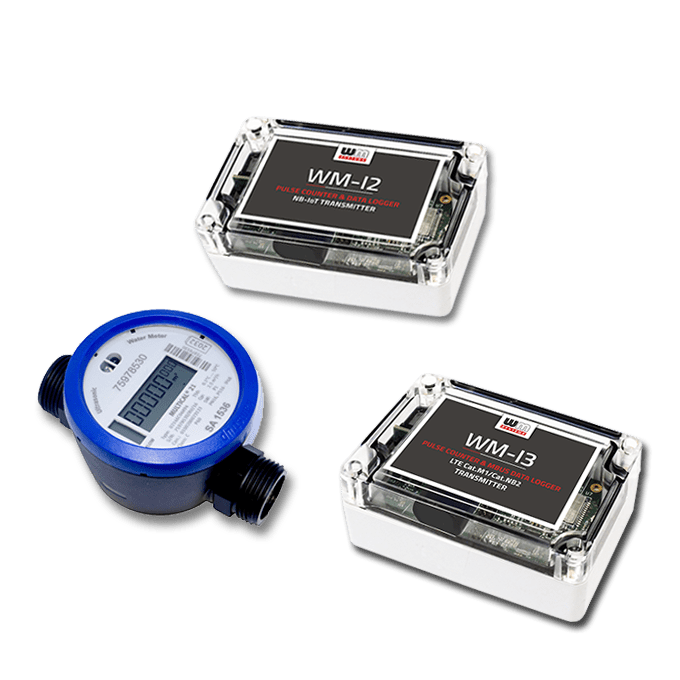
One of the popular products is the LTE Cat.M1/NB2 Data Logger for Smart Water Metering. The low-power cellular pulse signal counter, data logger, and transmitter have an inbuilt modem suitable for a broad range of locations, including those with weak signals.
This device supports automated water meter reading and remote data collection via an M-Bus or pulse output and has expansion slots to attach add-on boards for more functionality. The easy-to-install device has an internal battery that lasts for between 5-10 years and an in-built modem that supports LTE NB-IoT, NB2, Cat.M1, and LTE450 cellular networks.
Another product is the NB-IoT Data Logger for Smart Water Metering. The device is a low-power, cellular pulse counter, data logger, and transmitter for remote water reading through the pulse output. Its ultra-low-power NB-IoT network provides deep penetration through concrete walls and other objects – making it suitable for weak signal locations such as basements, cellars, etc.
The above products and others not mentioned enable the utilities and private companies to deploy reliable and cost-effective smart metering systems. Please visit the products page for more information.
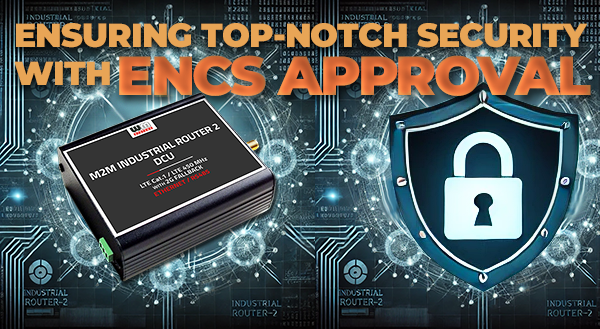
A Testament to Compliance with Key Cybersecurity Standards
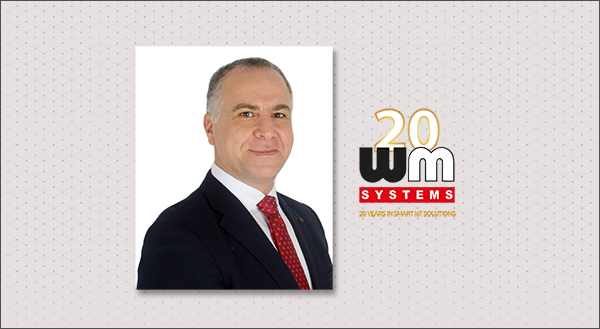
We are thrilled to announce that Ali Mouslmani has joined WM Systems as our new partner in the United Arab […]
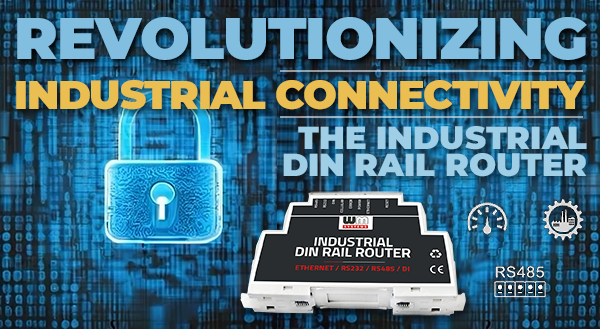
Introduction In the rapidly evolving world of industrial automation and IoT, the demand for compact, versatile, and efficient communication solutions […]

Introduction The fourth industrial revolution, or Industry 4.0, is redefining the landscape of industrial operations. Key to this transformation is […]

The group of WM Systems LLc.
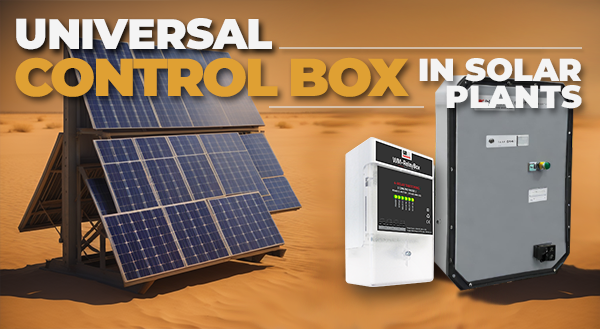
Solar plants and farms are complex systems with a variety of equipment that needs to be monitored and controlled. This […]

Industrial settings are replete with equipment that demands efficient connectivity solutions. With the rise of the Internet of Things (IoT) […]
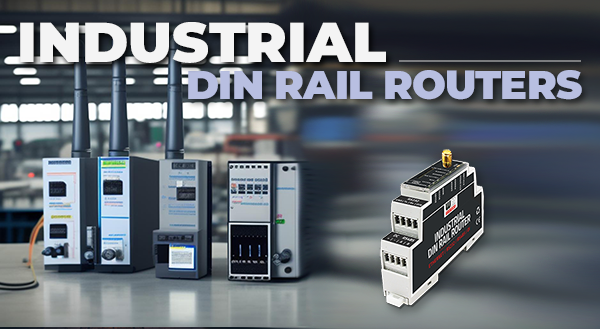
DIN-rail mountable industrial routers are an essential component of many industrial applications. They provide a reliable and secure way to […]
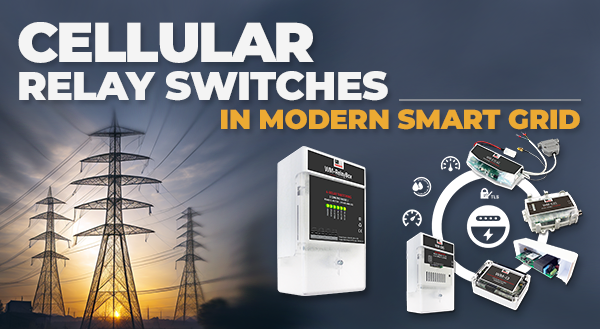
Make the modern smart grid more secure, resilient, and sustainable
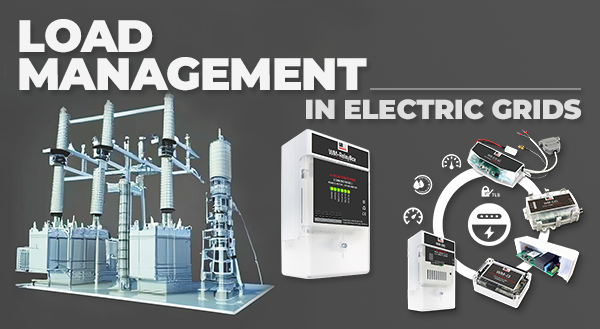
In today’s dynamic world, understanding the nuances of electrical energy management has never been more crucial. A distinct feature of […]
